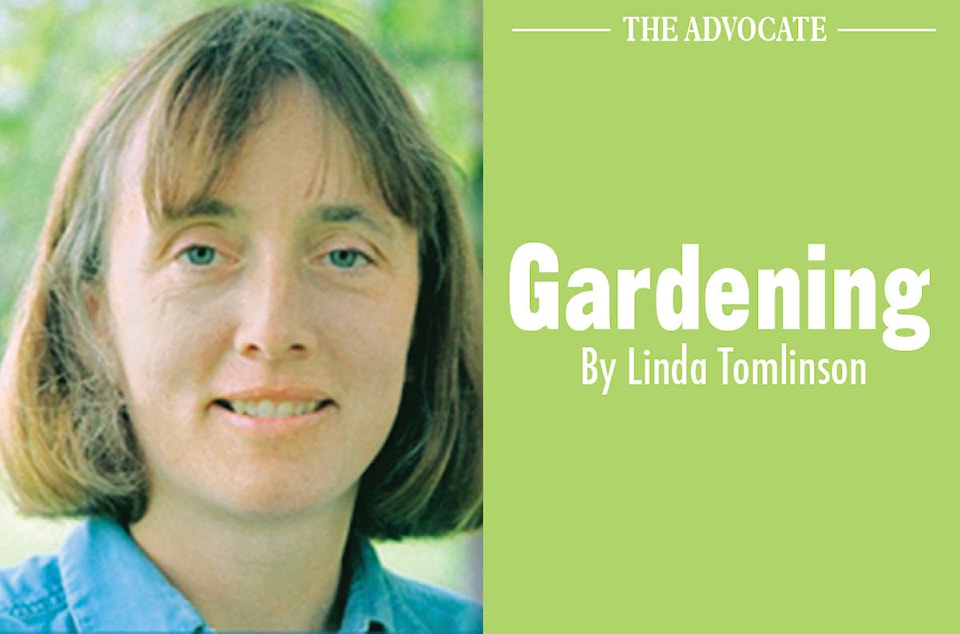People who explored, or immigrated to Canada in the 1800s and early 1900s intentionally, for the use of food, medicine or dyes or unintentionally, through animal feed or tag-a-longs, introduced new plants into Central Alberta. At the time there was little understanding of how introducing a new plant could change an existing environment. In the bid to diversify the domestic landscape the horticultural industry also brought in a large number of new plant varieties and continue to do so. For the most part, plants are now are being tested and trialed before being sold to consumers. Aggressive plants do not make it past the trial stages.
Often introduced plants have few is any natural controls. Insects, diseases or animal that kept the plants in check in their native region are not found in Alberta. The result being, plants escaping captivity and spreading to degrade natural habitats and agricultural land.
To combat the spread of invasive plants the government has classified weeds into two different groups: prohibitive noxious weeds and noxious weeds.
Prohibitive noxious weeds must be destroyed as soon as they are found. Weeds that are in this category are found in small enough numbers that they can be eliminated before they spread.
Gardeners need to know what is on the prohibitive so they can remove them from their gardens. At present time the only ornamental on the list is Himalayan Balsam (Impatiens glandulifera). This attractive annual plant grows between 3 – 6 ft in height (1-2m). The seed pods dry and explode sending hundreds of seeds in all directions. Seedlings are easy to pull but the sheer numbers of them make it virtually impossible to control. Himalayan Balsam have been known to take over diches and natural areas eliminating all other plant material. Himalayan Balsam are rarely sold in stores but are passed between gardeners, friends and neighbors. If they are in your garden, please remove and destroy the plants and seeds.
The trees and shrubs on the prohibitive list include: varieties of Buckthorn, Tamarisk, Common Barberry and Saltcedar. When purchasing any of these plants, double check the varieties to insure that the plant you are purchasing are not on the invasive list. The safe named varieties should not be confused with the ones on the prohibitive noxious list.
Weeds on the noxious list are more prevalent than on the prohibitive noxious list. They can be found in many parts of the province in large numbers. The government recognizes that there is little chance of elimination the weeds on the noxious list but if they are controlled they will not spread further.
The four flowers that are on this list were once and still are commonly found in older flower gardens: Common Baby’s Breath, Dames Rocket, Yellow Clematis and Creeping Bellflower.
Common Baby’s Breath is a problem in dry areas as it will self-seed along ditches and throughout pasture and native areas. In wetter heavier soils it struggles to survive. As with all Baby’s-Breath it can be hard to transplant as it has a long taproot. There are named cultivars on the market that don’t self-seed and are just as attractive.
Dames Rocket is a bi-annual that was mainstay of the homestead flower gardens.
Yellow Clematis Blooms throughout the summer producing hundreds of fluffy seed pods. It is a problem in dry sunny areas where every seed seems to germinate. This plant can also be replaced by many named varieties that have larger brighter flowers.
Creeping Bellflower has very aggressive plant that spreads by underground root systems. Once established it is hard to remove. In older yards it is known to take over flower beds and lawns.
The plants highlighted above are just a few on the lists. It does not cover grasses, forages or aquatic plants. A complete list, with pictures is available at http://www1.agric.gov.ab.ca/$department/deptdocs.nsf/all/prm14555#pro or visit a local agricultural or county office.
Linda Tomlinson is a local horticulturalist that can be reached at your_garden@hotmail.com
